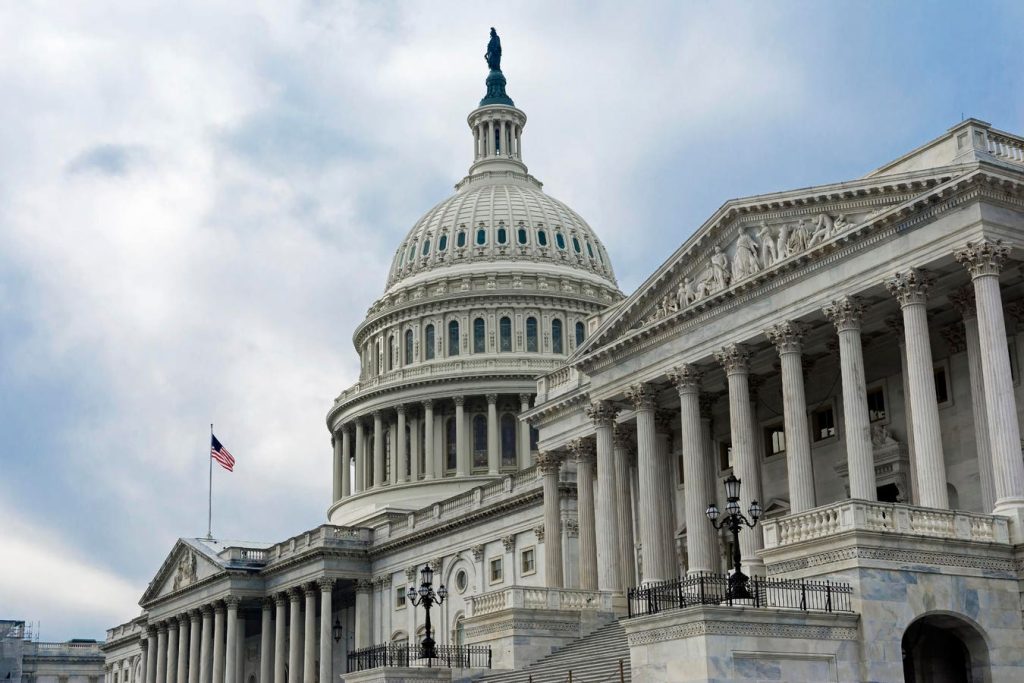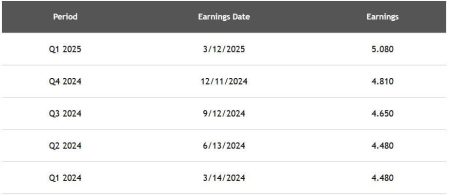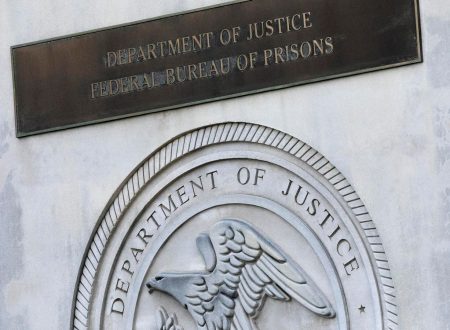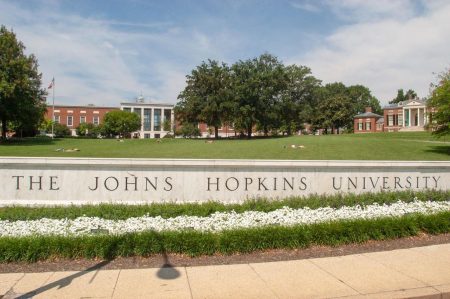The student debt crisis in the United States is a complex issue, fueled by escalating higher education costs that often outpace families’ financial planning. The unpredictability of these costs makes it difficult for families to budget effectively, contributing to the reliance on loans. This problem is further compounded by the growing number of college degrees that offer a negative return on investment (ROI). Students are burdened with substantial debt for degrees that fail to translate into higher earning potential or improved career prospects, creating a cycle of financial strain. The easy accessibility of both federal and private student loans exacerbates the issue, enabling borrowers to accumulate significant debt without fully grasping the long-term implications. This lending landscape, coupled with fluctuating interest rates, particularly the increases witnessed in recent years, has significantly contributed to the current crisis.
The structure of federal student loan interest rates adds another layer of complexity. While fixed for the loan’s lifetime, this seemingly beneficial feature can become a burden for borrowers who secured loans during periods of high interest rates. These individuals are locked into elevated rates for the duration of their repayment, increasing the overall cost of their education and prolonging their indebtedness. For instance, new Direct Loans disbursed between July 1, 2024, and June 30, 2025, carry interest rates of 6.53% for undergraduate Direct Subsidized and Unsubsidized Loans, 8.08% for graduate or professional Direct Unsubsidized Loans, and 9.08% for Direct PLUS Loans for parents and graduate/professional students. These relatively high rates, solidified for the loan’s lifespan, can significantly impact the total amount repaid.
In the face of this mounting crisis, lawmakers have proposed various solutions, ranging from broad forgiveness plans to targeted interest rate adjustments. One proposed solution, the Affordable Loans For Students Act, sponsored by Congressman Mike Lawler, aims to drastically reduce federal student loan interest rates to a flat 1% for all borrowers in 2025, irrespective of their income. This initiative seeks to provide immediate relief to borrowers struggling with high monthly payments and accumulating interest. The bill also addresses non-Direct federal student loans, such as FFEL-program loans, allowing borrowers to refinance into the 1% program, offering a significant reduction from rates as high as 9%. Congressman Lawler presents this bill as a viable alternative to the Biden administration’s student loan forgiveness proposals, many of which faced legal challenges and ultimately stalled.
The impact of a 1% interest rate would be significant for borrowers making non-income-driven payments. The potential savings would depend on factors such as loan balance, repayment plan, and current interest rate. Consider a borrower with $30,000 in student loans at a 6.5% interest rate, repaying over a standard 10-year plan. Their monthly payment would be $341, totaling $40,877 over the repayment period, with $10,877 attributed to interest. Reducing the interest rate to 1% would lower the monthly payment to $263 and the total interest paid to just $1,537.50 over the same period. The savings would be even more substantial for borrowers with larger loan balances, higher interest rates, or both.
However, this proposed reduction would not necessarily benefit borrowers on income-driven repayment plans, which account for approximately half of all student loan borrowers. These plans calculate payments based on discretionary income, meaning a lower interest rate would not directly affect monthly payments. Paradoxically, lower interest rates could negatively impact loan forgiveness under these plans. Borrowers on income-driven plans often benefit from larger loan balances due to the potential for insolvency and the avoidance of substantial tax liabilities upon forgiveness. A lower interest rate, while reducing the overall amount repaid, could decrease the forgiven amount and potentially increase the tax burden upon loan forgiveness.
While the 1% interest rate proposal offers potential relief for some borrowers, it’s crucial to consider the broader implications. With the current political climate unlikely to favor widespread loan forgiveness beyond existing programs, this proposal might be the most viable option for immediate relief, especially if the Saving On a Valuable Education (SAVE) income-driven plan faces legal setbacks. Importantly, the Affordable Loans For Students Act would retain existing forgiveness programs like Public Service Loan Forgiveness (PSLF) and those offered through income-driven repayment plans, offering continued avenues for debt relief. The long-term effectiveness and feasibility of this proposal, however, remain to be seen.
Other Republican-backed proposals also aim to address the student debt crisis. The College Cost Reduction Act, introduced by Rep. Virginia Foxx, proposes doubling the maximum Pell Grant award, preventing interest capitalization on student loans, and limiting repayment to the equivalent of a 10-year standard plan. However, it also includes controversial provisions such as eliminating the Federal Supplemental Educational Opportunity Grant program and PLUS loans for parents and graduate students. The diverse approaches to tackling the student debt crisis highlight the complexity of the issue and the need for comprehensive solutions that address both the immediate burden on borrowers and the underlying systemic issues driving the crisis.










